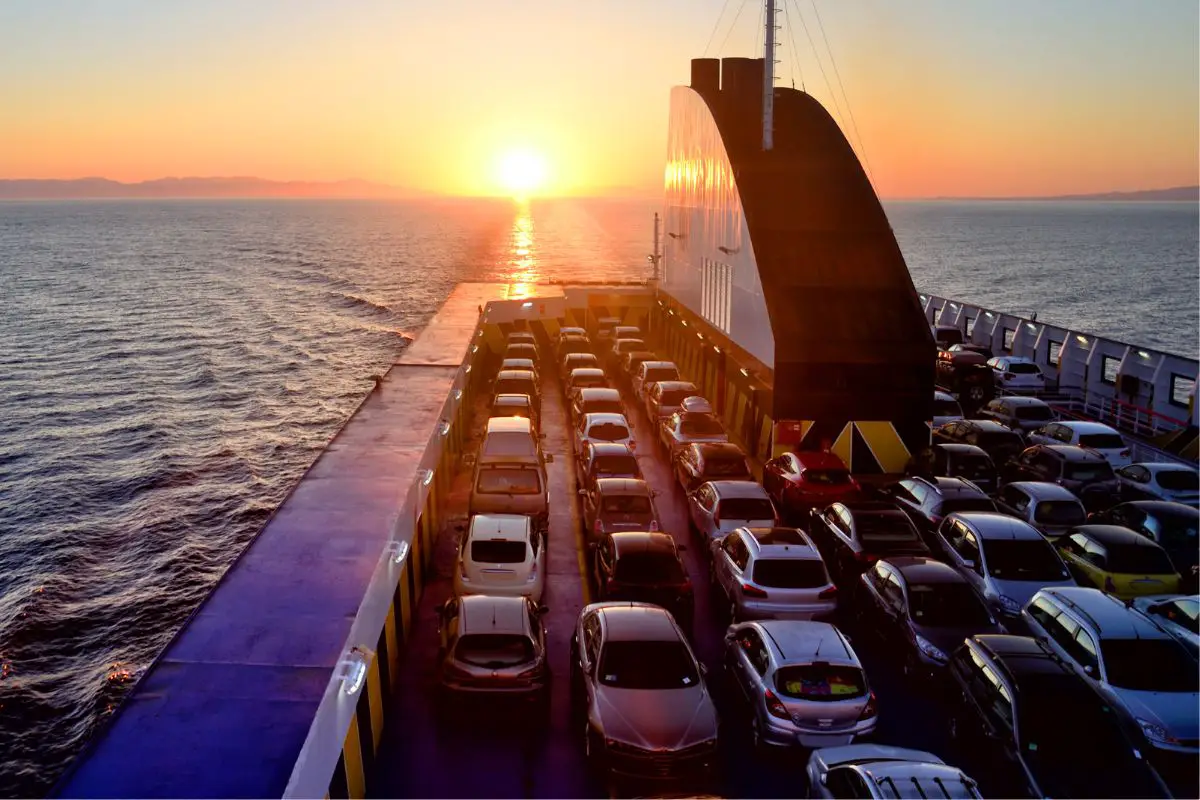When watching a high-octane car chase or a scenic drive across a remote landscape in a movie, few of us stop to consider the complex logistics that enable these vehicles to appear on screen. Transporting cars to various filming locations is a meticulous process that involves careful planning, coordination, and understanding of both local and international regulations. Here we discuss how directors and production teams manage the logistics of shipping cars to diverse shooting locations around the globe.
1. Pre-Production Planning
The journey begins in the pre-production phase of a film, where the transportation needs are assessed based on the script’s requirements. Production managers and location scouts work together to determine the number of vehicles needed, the types of vehicles, and the locations where they will be used. This early planning is crucial for budgeting and for obtaining necessary permits and clearances.
2. Selecting the Right Vehicles
Once the needs are established, the next step is sourcing the vehicles. This can involve anything from renting locally to purchasing cars specifically for the shoot. In some cases, especially for period pieces or unique action sequences, custom vehicles may need to be built or modified, which adds an additional layer of complexity to the transportation process.
3. Coordination with Transportation Specialists
Transporting vehicles across cities, countries, or continents requires the collaboration of specialized car shipping companies. These companies are experienced in handling the logistics of vehicle transportation, including the preparation of vehicles for shipping, loading and unloading logistics, and the paperwork required for crossing international borders.
4. Understanding and Complying with Legal Requirements
Each country has its own set of rules and regulations regarding vehicle importation and transportation. Production teams must ensure compliance with these laws to avoid delays and legal issues. This might involve paying import duties, obtaining temporary vehicle import permits, or adhering to environmental regulations and emissions standards.
5. Modes of Transport
The choice of transportation mode largely depends on the distance, budget, and time constraints. Cars may be transported by road, sea, or air:
- Road: This is often the most cost-effective mode and is ideal for shorter distances or when transporting vehicles within the same country. Trucks and trailers specifically designed for carrying cars are used.
- Sea: For international shoots, shipping by sea is a common choice. Cars are typically loaded into containers or roll-on/roll-off ships. While cost-effective for long distances, this method has longer transit times.
- Air: The fastest but most expensive option, air transport is usually reserved for very high-value vehicles or when timing is critical.
6. On-Set Logistics
Once the vehicles arrive at the location, the on-set logistics come into play. This involves the unloading, storage, and maintenance of vehicles throughout the shooting period. Vehicles need to be kept in top condition, requiring the presence of mechanics and other specialists on set to handle any issues that might arise.
7. Addressing Unexpected Challenges
The transportation process is susceptible to a variety of challenges ranging from mechanical failures and delays in transit to sudden changes in shooting schedules. The ability to adapt to these challenges is crucial and often requires having backup plans such as additional vehicles on standby or alternative transportation methods.
8. Post-Shooting Transportation
After filming concludes, the process reverses. Vehicles need to be transported back to their origin or onto the next location. This phase includes the restoration of vehicles to their original state if they were modified for the shoot, dealing with any damages incurred during filming, and managing the sale or storage of vehicles if they are no longer needed.
9. Environmental and Economic Considerations
Increasingly, film productions are also considering the environmental impact of their operations, including vehicle transportation. Efforts are being made to reduce carbon footprints, such as using hybrid or electric vehicles when possible, optimizing transport routes, and even digitally creating car scenes.
Conclusion:
The transportation of cars for film productions is a complex, often overlooked aspect of filmmaking that requires extensive planning, coordination, and problem-solving skills. By understanding and managing the intricacies of vehicle logistics, directors and production teams can ensure that the cars arrive safely at their destinations, ready to play their part in the magic of cinema. This logistical endeavor not only supports the visual storytelling of the film but also highlights the unseen work that makes movie magic possible.

